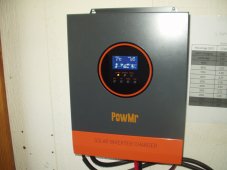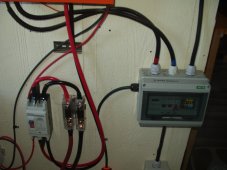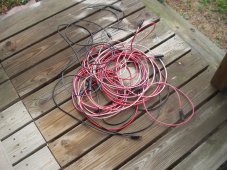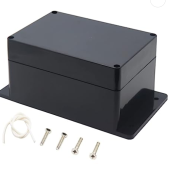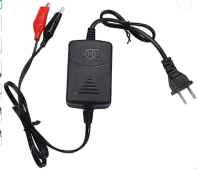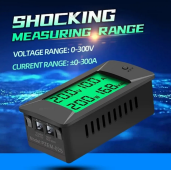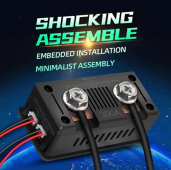Spent the last two days (July 11&12th) in replacing my original near 1 year old #1 EAsun 3kw-U AIO with a new similar (PowMR label but just another SRNE) rated one. It has a higher PV voltage range (up to 450vDC) and 80a charge versus the 60a charge. My original #1 EAsun unit is now a spare. I bought and received the new PowMr back in beginning of July for $481 with tax and shipped.
As a quick review of the PowMr. While looking the same, and having much the same setup, the PowMr has some additional features and settings beyond the EAsun unit. It allows battery communication for one and it also features a hybrid setting. This hybrid setting allows PV to charge battery, perhaps operate batteryless and then supply AC out alongside AC grid to load while the AIO is in UTI mode. Supposedly while not sending power back to the grid. However I never intend to make use of it because even a small grid back feed could cause me trouble with my CO-OP.
There are a few other differences that makes it a whole different AIO. Such as it has 27.5a inverter output vs the 25a of the EAsun. and it weighs in at 8kg vs 6.8kg. It like the EAsun preceding it can be accessed using the SRNE monitor program on a computer. Actually it was good I checked this since I found I had goofed up and selected the wrong battery type. I thought I had selected liFePO4 8 series but instead I had selected Ternary lithium 8. It sure never hurts to double and triple check all things. Than go back and recheck.
I had it wired in enough to do the settings and some output on July 11th. Seems to be a better MPPT inside than the EAsun. Though a bit hard to know since the day remained quite cloudy so my real test of things happens today (Sunny day). This morning I spent getting all my PV wires upgraded to a better quality Temco PV 10awg. The melange of mismatched old wire is now in my wire bin.
Should be interesting how it all turns out.
As a quick review of the PowMr. While looking the same, and having much the same setup, the PowMr has some additional features and settings beyond the EAsun unit. It allows battery communication for one and it also features a hybrid setting. This hybrid setting allows PV to charge battery, perhaps operate batteryless and then supply AC out alongside AC grid to load while the AIO is in UTI mode. Supposedly while not sending power back to the grid. However I never intend to make use of it because even a small grid back feed could cause me trouble with my CO-OP.
There are a few other differences that makes it a whole different AIO. Such as it has 27.5a inverter output vs the 25a of the EAsun. and it weighs in at 8kg vs 6.8kg. It like the EAsun preceding it can be accessed using the SRNE monitor program on a computer. Actually it was good I checked this since I found I had goofed up and selected the wrong battery type. I thought I had selected liFePO4 8 series but instead I had selected Ternary lithium 8. It sure never hurts to double and triple check all things. Than go back and recheck.
I had it wired in enough to do the settings and some output on July 11th. Seems to be a better MPPT inside than the EAsun. Though a bit hard to know since the day remained quite cloudy so my real test of things happens today (Sunny day). This morning I spent getting all my PV wires upgraded to a better quality Temco PV 10awg. The melange of mismatched old wire is now in my wire bin.
Should be interesting how it all turns out.
Attachments
Last edited:



